Hubble Discovers Moon Orbiting the Dwarf Planet Makemake0
- From Around the Web, Space
- April 26, 2016
Makemake, the second brightest dwarf planet in the Kuiper belt, has a moon that will help NASA tell more about it.
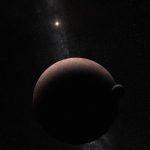
Makemake, the second brightest dwarf planet in the Kuiper belt, has a moon that will help NASA tell more about it.
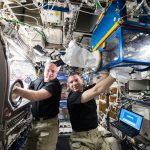
Research to how humans and animals react in low and zero gravity can help improve the health of astronauts and even people here on Earth.
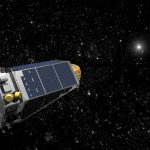
Kelper resumes its mission to explore exoplanets.

Television news is dying and is burning itself out.
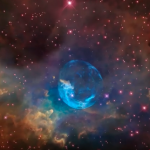
The Bubble Nebula is seven light-years across—about one-and-a-half times the distance from our sun to its nearest stellar neighbor, Alpha Centauri, and resides 7,100 light-years from Earth in the constellation Cassiopeia.
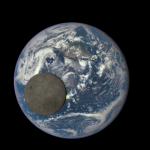
Nasa captures images of the moon passing over the Earth
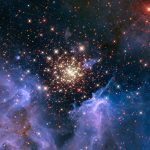
Recent research shows that galactic cosmic rays flowing into our solar system originate in clusters like these.
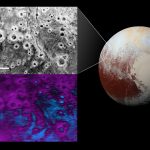
Within Pluto’s informally named Vega Terra region is a field of eye-catching craters that looks like a cluster of bright halos scattered across a dark landscape.
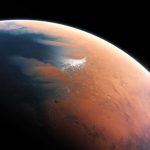
Studies lead to believe that Mars had more water than we originally believed.

Mike Brown: that’s where it is (maybe)